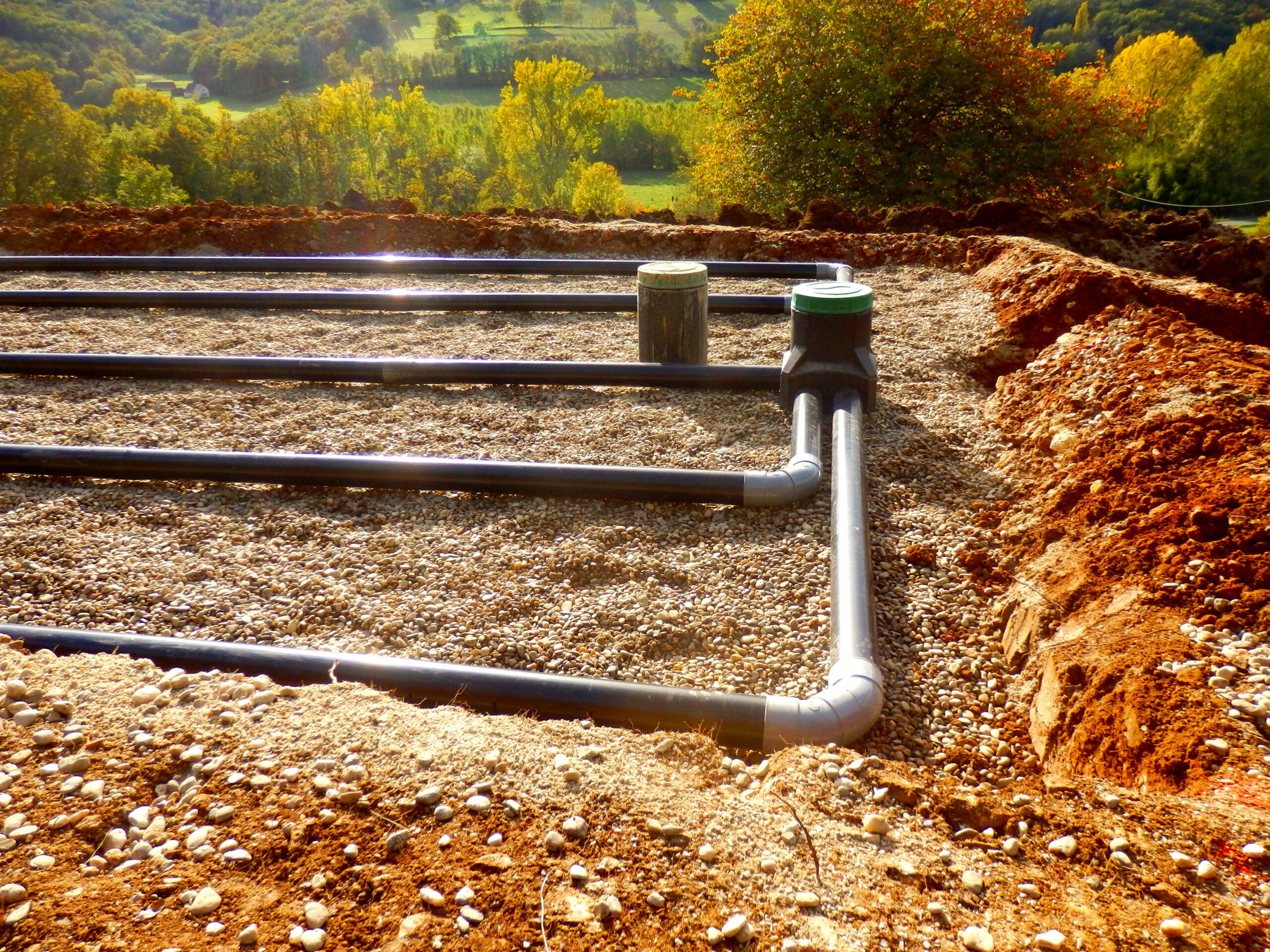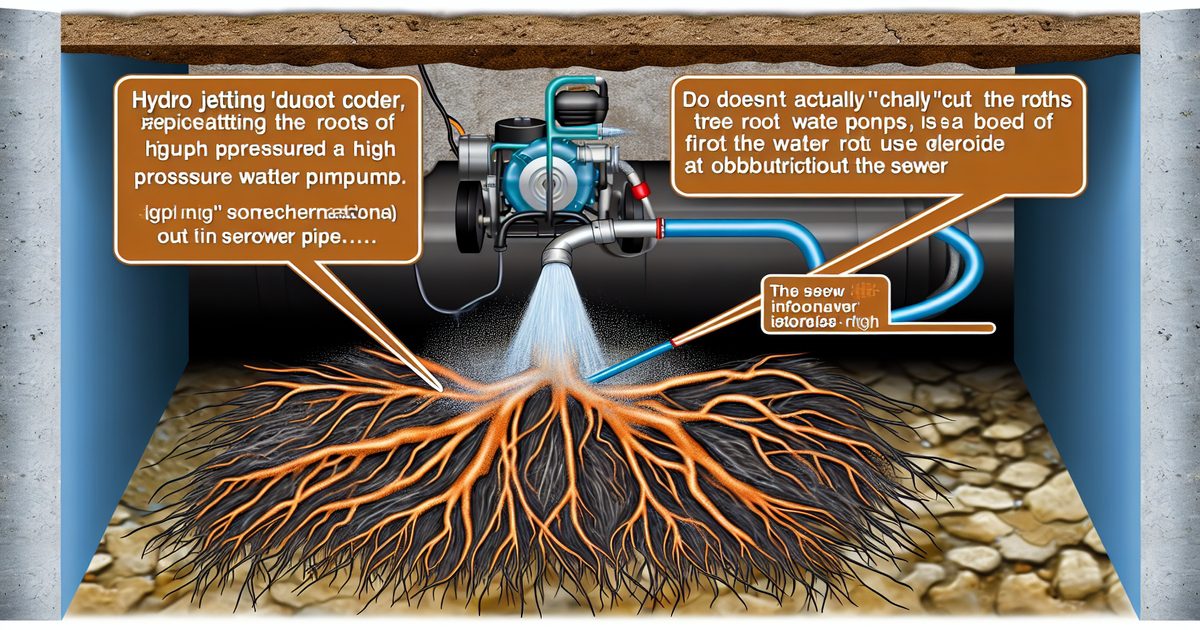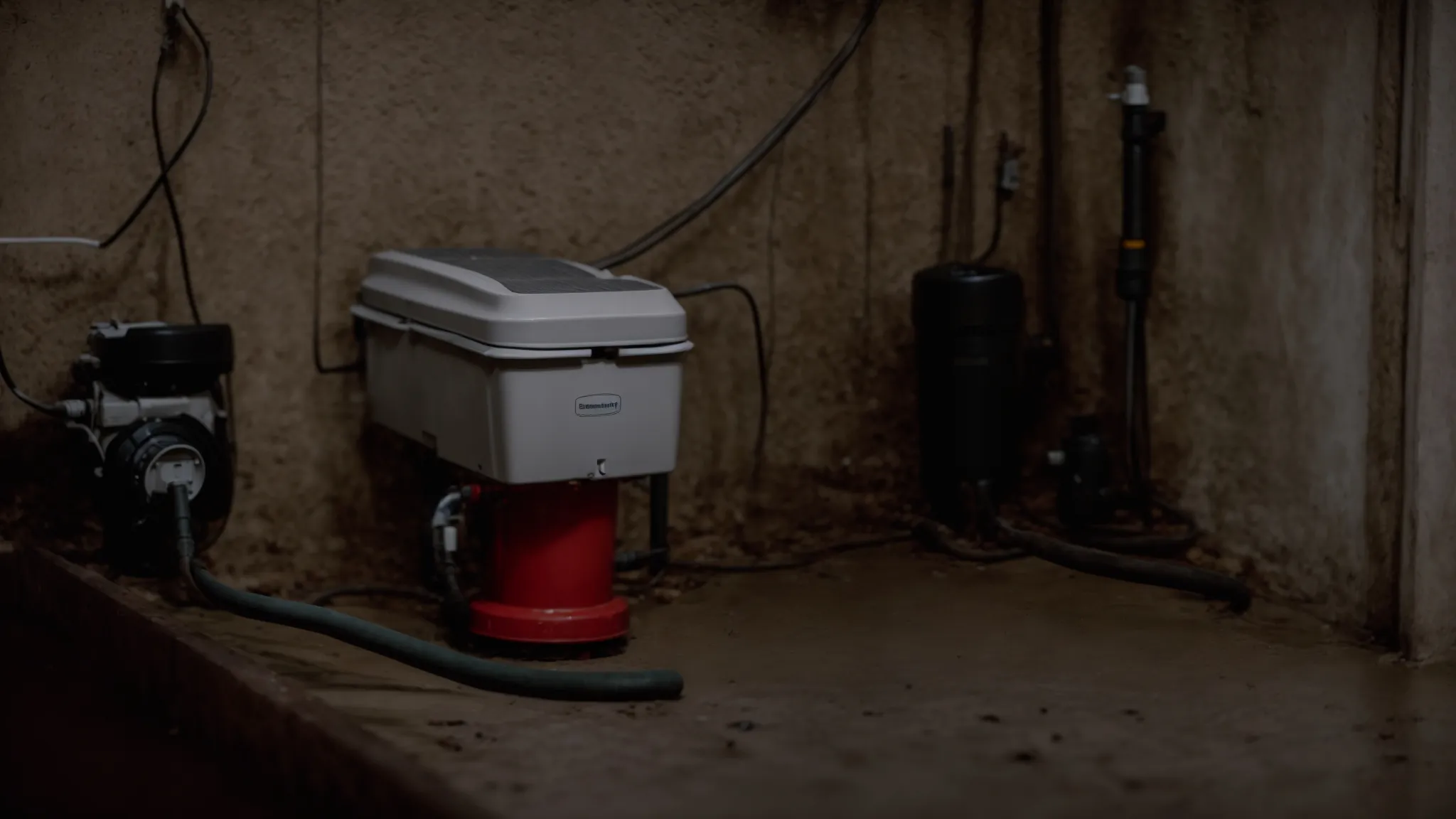To find septic lines, hire a professional plumber or use a sewer camera inspection. A septic line can be located by professionals using specialized equipment or by conducting a video inspection of the sewer lines.
With the help of a plumber, you can accurately pinpoint the location of your septic lines and detect any issues or blockages that may exist. Using a sewer camera inspection allows for a thorough examination of the sewer system, ensuring any potential problems are identified and addressed promptly.
By employing these methods, you can efficiently locate your septic lines and maintain a properly functioning septic system.
Importance Of Proper Maintenance
Proper maintenance of septic lines is of utmost importance to avoid costly repairs. Failing to adequately maintain septic systems can lead to a variety of issues, including blockages and backups that can be expensive to fix. Additionally, neglecting septic line maintenance can result in contamination of groundwater and damage to the environment.
To protect groundwater and the overall environment, it is crucial to schedule regular inspections and pumping of septic tanks. This helps prevent solids from building up and clogging the septic lines, ensuring the proper functioning of the entire septic system. Regular maintenance can also help identify any potential issues early on, allowing for prompt repairs and avoiding more significant problems down the line.
Signs Of Septic Line Problems
Septic line issues can cause major headaches for homeowners if left untreated. Recognizing the early signs can save you from costly repairs down the line. Foul odors are often the first indication that something is wrong with your septic system. If you notice persistent, unpleasant smells near your drains or in your yard, it’s time to take action. Slow drains are another red flag, as they suggest a blockage or buildup of waste in the pipes. Keep an ear out for gurgling sounds coming from your drains or toilets, as this could signal a clogged or failing septic system. Finally, wet patches in your yard may indicate a leak or a problem with the distribution of wastewater. If you notice any of these signs, it’s crucial to contact a professional septic service provider immediately to assess the situation and prevent further damage.
Why Finding Septic Lines Is Essential
Identifying potential issues with septic lines is crucial in order to prevent costly and time-consuming problems down the line. By locating your septic lines, you can proactively address any malfunctions or damages before they escalate into major failures. This preemptive action can save you significant expenses on repairs and replacement.
Locating septic lines is also important for planning repairs or upgrades. By knowing the exact location and condition of your septic lines, you can appropriately schedule maintenance and make informed decisions on system enhancements. Whether you need to replace a deteriorating line or install an additional tank, understanding the layout of your septic system is essential.
Furthermore, knowing the location of your septic lines is helpful when planning landscaping or engaging in construction projects. You can avoid accidental damage to the underground system while excavating or planting, preventing potential contamination of your property and ensuring the longevity of your septic system.
Blueprints And Documentation
One of the most reliable ways to find septic lines is to consult blueprints and documentation related to the property. These records are typically obtained from the local health department or building department. Start by requesting this information from the respective department, as it will provide valuable insights into the location of the septic tank and lines.
To obtain the blueprints and documentation, reach out to the local health department. They will typically have records of the property’s septic system. By submitting a request, you can access valuable information about the location of the septic lines. This documentation is crucial as it provides an accurate representation of the system, making it easier to identify the septic lines.
Once you have the blueprints and documentation, carefully review them to identify the septic tank and lines’ precise location. These records are typically detailed and provide information about the layout of the system. By studying these documents, you can pinpoint the exact areas where the septic lines are situated, allowing for efficient maintenance and troubleshooting.
Visual Inspection
When inspecting septic lines, it is important to visually examine the system for any signs of potential issues. Start by locating the clean-out ports, which are often small, capped pipes that provide access to the septic tank. These ports are usually found near the home or building and can be identified by their round, metal covers. Take note of the locations for future reference.
Additionally, look for vent pipes on the roof of the property. These pipes are essential for releasing gases produced by the septic system. Inspecting the condition of these pipes can provide valuable information about the overall health of the system.
Observing disturbed soil or areas of lush vegetation can indicate a potential septic line problem. If the soil around the septic tank or drain field appears saturated, or if there are areas of excessively tall or healthy grass, it may suggest issues with the system’s functionality.
Probing And Rodding
When it comes to finding septic lines, one effective method is to use a metal probe or fiberglass rod. Slowly push the probe or rod into the ground to determine the depth and direction of the septic line.
By using a metal probe or fiberglass rod, you can physically locate the septic line without the need for expensive equipment or excavation. It’s important to proceed slowly and carefully, as you want to avoid damaging the septic line or any other underground utilities.
An important step in probing and rodding is to determine the line’s depth. As you push the probe or rod into the ground, pay attention to any resistance or changes in soil composition, as these may indicate the presence of a septic line.
Additionally, it’s crucial to determine the line’s direction. By carefully monitoring the path of the probe or rod, you can get an idea of the general direction the septic line is following.
Electronic Devices
When it comes to finding septic lines, electronic devices can be a valuable tool. Sewer cameras, for example, are commonly used to inspect the condition of septic lines. These cameras are typically inserted into the pipes and transmit live video feed back to the operator, allowing them to identify any blockages, leaks, or other issues that may be present.
In addition to sewer cameras, ground-penetrating radar is another electronic device that can be used for this purpose. Ground-penetrating radar works by sending electromagnetic pulses into the ground and measuring the time it takes for the signals to bounce back. This can help to locate the septic lines and provide information about their depth and condition.
Electronic sonar devices, on the other hand, use sound waves to map out the septic lines. By emitting sound pulses and measuring the time it takes for the echoes to return, these devices can create detailed images of the pipes and identify any potential problems.
Importance Of Professional Assistance
Septic lines are an essential part of a septic system, responsible for carrying wastewater away from your property. Understanding how to find these lines is crucial for maintenance, repairs, and avoiding costly problems. One of the key reasons to seek professional assistance is the complex system design involved.
Septic systems typically consist of various components, including septic tanks, drain fields, and pipes. Locating the septic lines requires knowledge of the entire system layout. Experts with experience and expertise possess the skills to navigate through the intricate network of pipes, tanks, and other components to accurately identify the septic lines.
Professional assistance ensures that you don’t accidentally damage other parts of the system while searching for the lines. Their experience enables them to use specialized tools and techniques, such as electronic locating devices and ground-penetrating radar, to ensure precise identification.
Choosing professional septic line detection services helps avoid unnecessary guesswork, potential system damage, and costly repairs. By relying on professionals who understand the complexity of septic systems, you can find the septic lines efficiently and effectively.
Choosing The Right Service Provider
When it comes to finding septic lines, it’s crucial to choose the right service provider. The first step is to check their credentials and licenses. Make sure they are certified and experienced in septic line inspection and repair. Reading customer reviews is another important step. Check online platforms or ask for references to see what previous customers have to say about their services. This will give you an idea of their reliability and professionalism.
Additionally, getting multiple quotes is essential. Contact at least three different service providers and request a detailed quote for the work required. Compare their prices, services offered, and estimated timeline. This will help you make an informed decision and ensure you get the best value for your money.

Credit: www.benjaminfranklinplumbing.com
Understanding The Process
Finding septic lines requires a systematic and thorough process to ensure accurate results. The initial consultation is an essential step, allowing the experts to understand the specific requirements and concerns of the property owner. This helps in tailoring the assessment and planning process accordingly. During the assessment and planning phase, advanced equipment is utilized to locate and map the septic lines accurately. This can include the use of ground-penetrating radar, electronic locating devices, and video inspection tools. Once the septic lines are identified, a final report is generated, detailing the findings and providing recommendations for any necessary repairs or maintenance. This comprehensive approach ensures the accurate location of septic lines, helping property owners avoid future issues and costly repairs.
Estimated Costs And Duration
Locating septic lines can be an important task for homeowners, especially when considering renovations or repairs. The estimated costs and duration of such a project can vary depending on several factors. One of the primary factors that impact prices is the distance between the septic tank and the drain field. The longer the distance, the more time and effort it will take to locate the lines, resulting in higher costs. Another factor to consider is the depth at which the lines are buried. If the lines are deep underground, excavation may be required, increasing the overall expenses. Additionally, the type of terrain and accessibility to the site can also affect the timeframe and costs involved in finding the septic lines. It is always advisable to consult with a professional septic contractor to get an accurate assessment of costs and duration specific to your property.
Frequently Asked Questions For How To Find Septic Lines
How Deep Are Septic Leach Lines Buried?
Septic leach lines are typically buried about 18-36 inches deep in the ground.
Are Septic Tank Locations Public Record?
Septic tank locations are not typically public record. The exact location of a septic tank is considered private information due to health and safety concerns. It is important to contact the local health department or a licensed professional to obtain information regarding a specific septic tank’s location.
What Do Septic Field Lines Look Like?
Septic field lines are buried underground and are not visible. They are typically made of perforated pipes that allow wastewater to seep into the soil.
How Do You Clean Septic Field Lines?
To clean septic field lines, follow these steps: 1. Pump the septic tank regularly to remove solids and prevent buildup. 2. Use bacterial additives to promote the breakdown of waste. 3. Avoid flushing harmful materials like grease, chemicals, or sanitary products.
4. Schedule professional inspections to detect any issues early. 5. If clogs occur, try using a sewer jetter or hire professional help for thorough cleaning.
Conclusion
Locating septic lines is a crucial step for homeowners and property owners to maintain their septic systems’ functionality and avoid potential issues. By following the methods outlined in this blog post, such as using professional services, using visual cues, and performing dye tests, individuals can easily identify their septic lines.
Remember to prioritize regular inspections and maintenance to ensure the longevity and proper functioning of your septic system.






